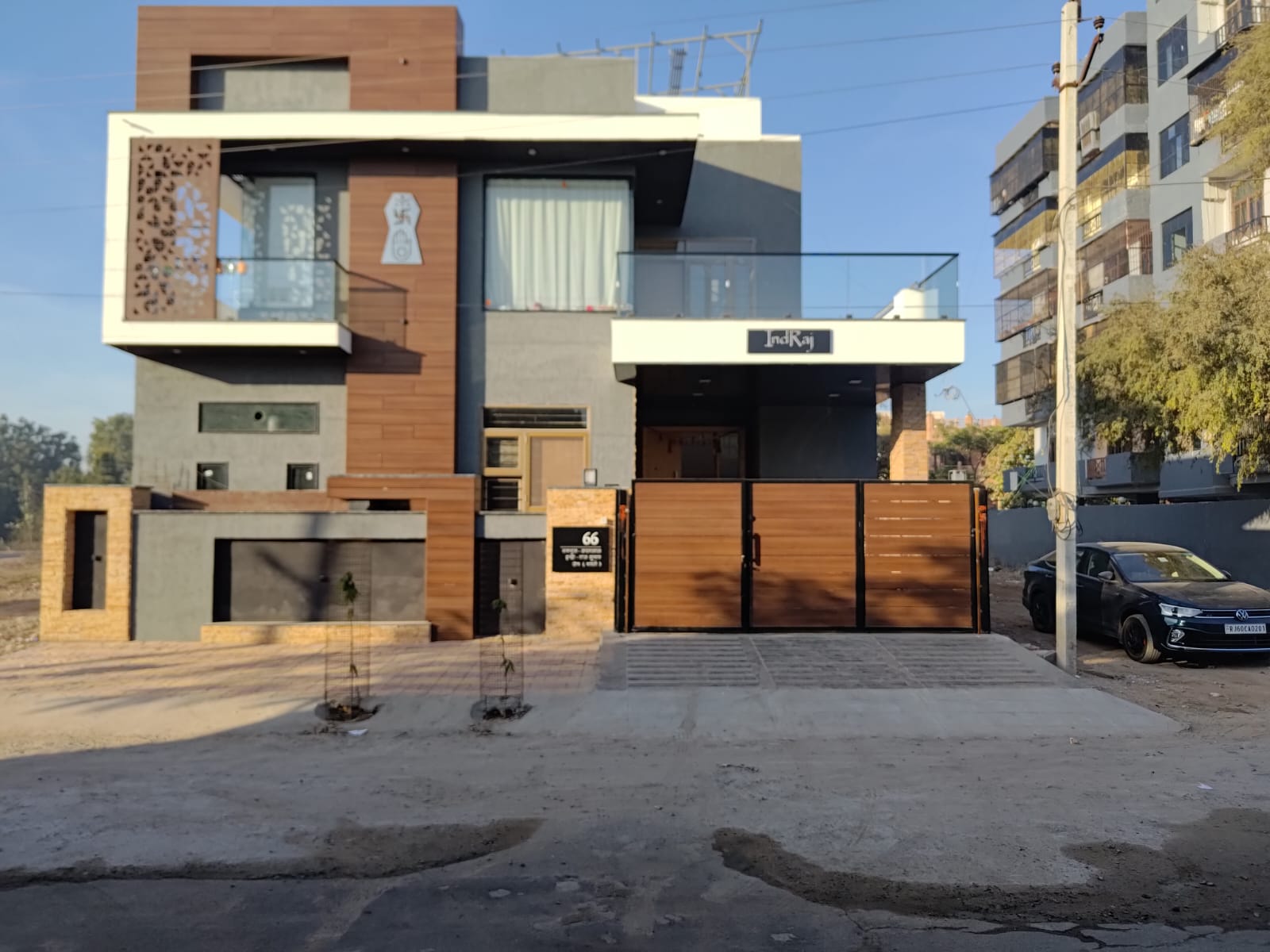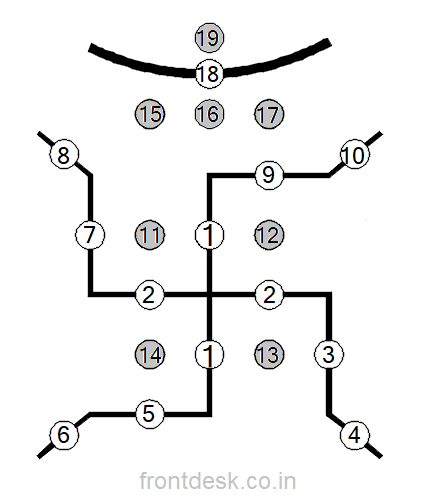
- FORUM
- PROJECTS
- ABOUT US
- RESOURCES
- CONTACT US
- FORUM
- PROJECTS
- ABOUT US
- RESOURCES
- CONTACT US
Successful architectural practice requires a synthesis of both perspectives. Striking a balance between creative expression and economic pragmatism allows architects to create designs that are not only visually compelling but also sustainable, functional, and financially viable. The integration of art and business aspects is essential for the holistic success of architectural endeavors.
The driving forces behind architecture and spatial design today are complex and multifaceted, often influenced by a combination of artistic, functional, technological, social, economic, and environmental factors. It’s a dynamic interplay between creativity and pragmatism, with both artistic and business considerations playing significant roles.
The debate between art and business, aesthetics and economics in architecture is longstanding and reflects the inherent tension between creative expression and practical considerations. Let’s explore arguments from both sides of the debate:
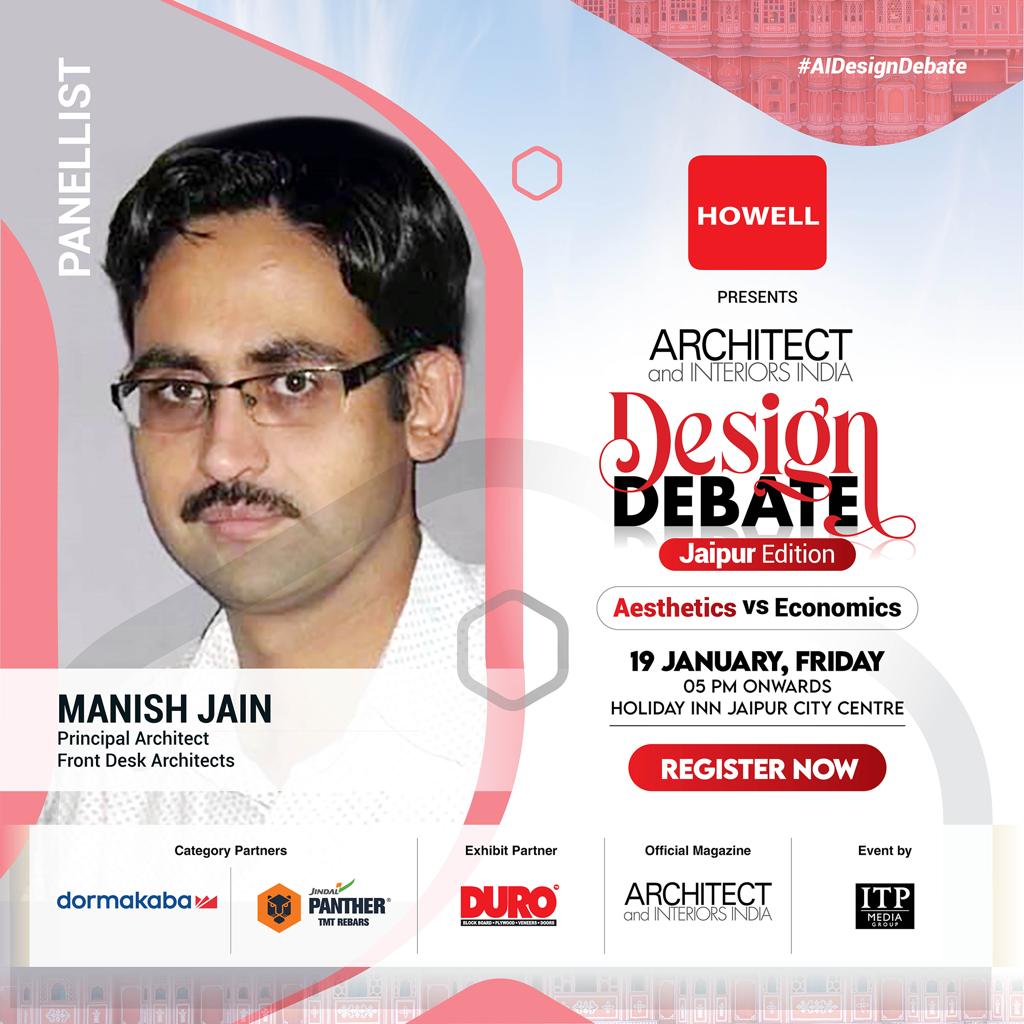
Publication
Design Debate 25th Edition at Jaipur Published in Architect and Interiors India Vol. 15 Issue 11 Feb 2024 Page 42-44
Arguments in Favour of Art and Aesthetics
- Cultural and Emotional Value:
- Artistic and aesthetic considerations in architecture contribute to the cultural and emotional value of a space. Buildings that evoke a sense of beauty and creativity can enhance the well-being of individuals and communities.
- Innovation and Creativity:
- Artistic freedom allows architects to push boundaries and explore innovative design solutions. Unconventional and creative designs contribute to the evolution of architectural styles and can lead to groundbreaking and iconic structures.
- Expression of Identity:
- Architecture as art allows for the expression of cultural, societal, or individual identity. Unique and aesthetically pleasing structures can become landmarks that define a city or region.
- Art plays a vital role in shaping a building’s identity. From time immemorial, man has made attempts to integrate art into architecture beginning with the paintings on the walls of caves, and the intricate carvings during the prehistoric era
- Inspiration and Inspiration:
- Aesthetic appeal in architecture can inspire individuals and contribute to a sense of pride and identity. Iconic structures often become symbols that inspire people and contribute to a positive image for a city or community.
- Long-Term Cultural Impact:
- Architectural masterpieces become part of a city’s cultural heritage, leaving a lasting impact for generations. Prioritizing art and aesthetics in design ensures a rich and diverse architectural legacy.
- Subjectivity and Interpretation:
- Like any other form of art, architecture is subjective and open to interpretation. Different people may perceive and appreciate architectural designs in unique ways, emphasizing the subjective and personal nature of artistic expression.
- Contribution to the Arts:
- By considering architecture as art, it is positioned within the broader realm of the arts, contributing to the enrichment of cultural and artistic experiences. Architectural movements, styles, and individual works can be analyzed and appreciated within an art-historical context.
- Le Corbusier represented a movement to integrate art and architecture :
- the famous modernist architect who once said: “You employ stone, wood, and concrete, and with these materials you build houses and palaces: that is construction. Ingenuity is at work. But suddenly you touch my heart, you do me good. I am happy and I say: ‘This is beautiful.’ That is Architecture. Art enters in…”
- Process of communication
- Architecture is a process of communication like any form of art, where the designer encodes the messages and the perceiver decodes the same. The communication succeeds when intentions match the experience
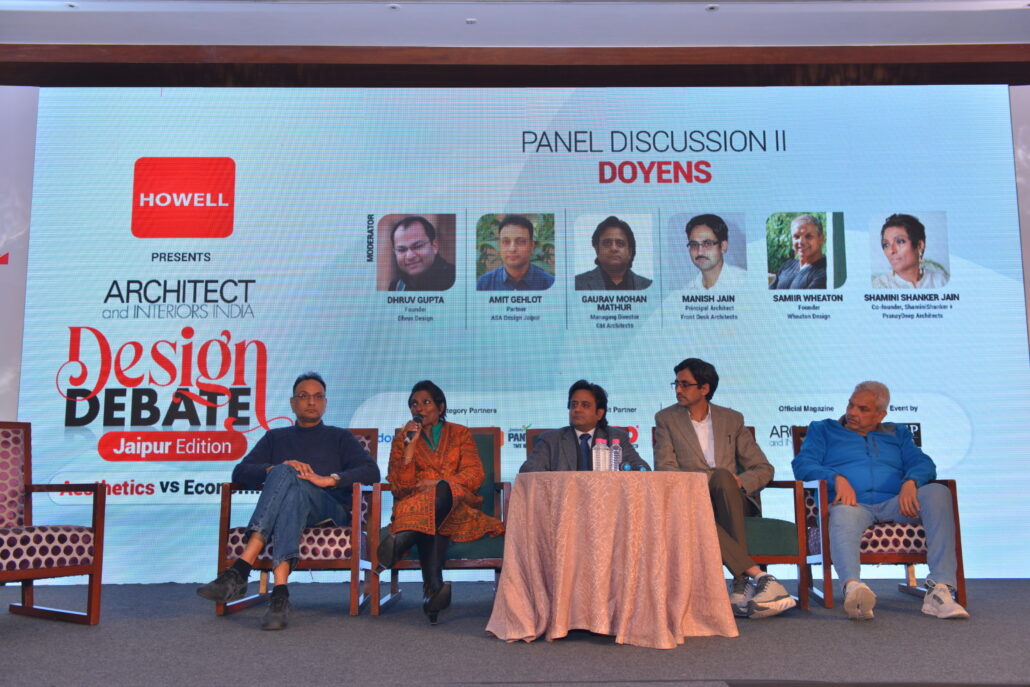
Arguments in Favour of Business and Economics:
- Financial Viability:
- The economic feasibility of a project is crucial for its realization. Business considerations ensure that the project can be funded, constructed, and maintained within budgetary constraints, making it financially viable in the long run.
- Client or Market Demand
- Architects often work to fulfill the demands of clients and respond to market forces. Commercial projects, in particular, must align with market preferences and business strategies. Designs that meet client needs and preferences contribute to the economic success of the project.
- Architectural projects often need to meet market demands. Designs that align with market preferences and have the potential for commercial success contribute to the economic sustainability of the project.
- Return on Investment:
- Clients and investors expect a return on their investment in architectural projects. Design decisions must take into account the potential value and marketability of the completed structure, demonstrating the importance of economic considerations in architectural practice.
- Efficiency and Functionality:
- Aesthetics alone cannot guarantee the efficiency and functionality of a space. Business-driven considerations ensure that buildings are designed to meet the practical needs of users, whether it’s a residence, office, or public facility.
- Regulatory Compliance and Risk Mitigation:
- Meeting legal and regulatory requirements is essential for avoiding risks and legal issues. Business-minded approaches ensure compliance with safety codes, zoning regulations, and environmental standards, reducing potential liabilities.
- Architecture is subject to various regulations and building codes. Architects must navigate legal requirements, safety standards, and environmental regulations, emphasizing the pragmatic and business-oriented aspects of the profession.
- Adaptability and Future-Proofing:
- Economic considerations encourage architects to design spaces that are adaptable to future changes. This flexibility ensures that buildings can withstand economic fluctuations and changes in user needs, contributing to long-term sustainability.

Ultimately, the synthesis of art and business in sustainable, conscious, and futuristic design involves a thoughtful and informed approach that considers the holistic impact of architectural decisions. Architects need to be both creative visionaries and strategic thinkers to navigate the complexities of contemporary design challenges.
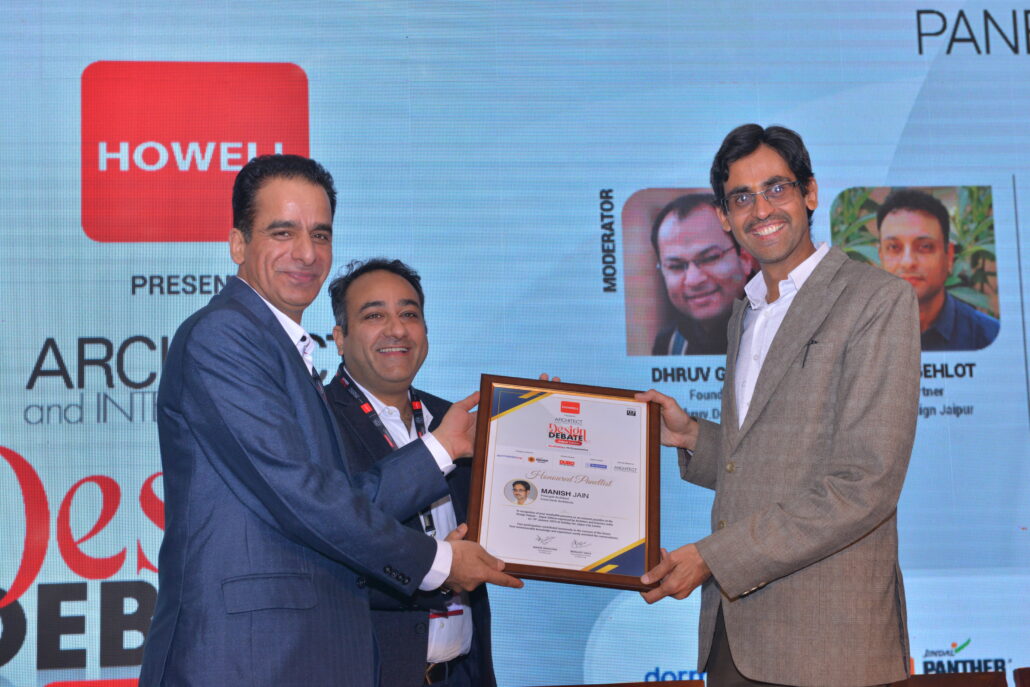
Architecture and Interiors India Design Debate – Jaipur Edition
Aesthetics vs Economics 19th Jan 2024
Moderator Ayush kasliwal ask following to panellist “Architecture practice as a little circus and with in the what do you think yourself as tiger that roar / are you as ring master / the joker / thin acrobat flying in the sky / are you a cannon ball wants to get out of cannon and go way somewhere”
The metaphor of an architecture practice as a little circus is a creative and whimsical way to describe the various roles and dynamics within such a setting. Architect role in this metaphorical circus of building design and construction can be:
- Tiger that Roars: Architect take decision like a tiger in entire process of building design development & construction.
- Ring Master: Alternatively, architect could view as the “Ring Master,” orchestrating the flow of information, guiding the conversation, and ensuring a smooth and engaging experience.
- The Joker: Architect could also play the role of “The Joker,” injecting humor and creativity into the discourse, making the design interaction more enjoyable and lighthearted.
- Thin Acrobat Flying in the Sky: Considering the acrobatic aspect, architect might be seen as the “Thin Acrobat Flying in the Sky,” symbolizing the agility and versatility in adapting to various topics and responding dynamically to client, consultant and vendor queries.
- Agility and Versatility: Like an acrobat navigating the air with agility, architect aim to handle a wide range of topics and inquiries, adapting swiftly to different subjects and providing information with flexibility.
- Dynamic Responses: The imagery of a flying acrobat implies dynamic movement, which can be related to the dynamic nature of responses. Whether it’s generating information, answering questions, or adapting to various conversation directions, the acrobatic metaphor captures the dynamic nature of interaction with client and vendor.
- Balancing Act: Acrobats often perform balancing acts, and in this metaphor, it could represent the balance between providing insightful and accurate information while maintaining an engaging and enjoyable conversation with client and consultant.
- Heightened Engagement: The act of flying in the sky suggests a certain level of spectacle and engagement. In this role, architect strive to keep the interaction lively, captivating, and perhaps even entertaining, adding an element of excitement to the conversation.
- Cannon Ball Wants to Get Out of Cannon: In another sense, Architect could be likened to the “Cannon Ball” eager to burst out of the cannon, representing the potential for generating design ideas or information quickly and forcefully.
The choice of metaphorical role depends on the perspective and the nature of the interaction. Whether providing serious information, guiding a conversation, injecting humor, adapting to diverse topics, or responding with energy, the metaphorical circus allows for a playful exploration of the dynamics within an architecture practice or any creative endeavor.
